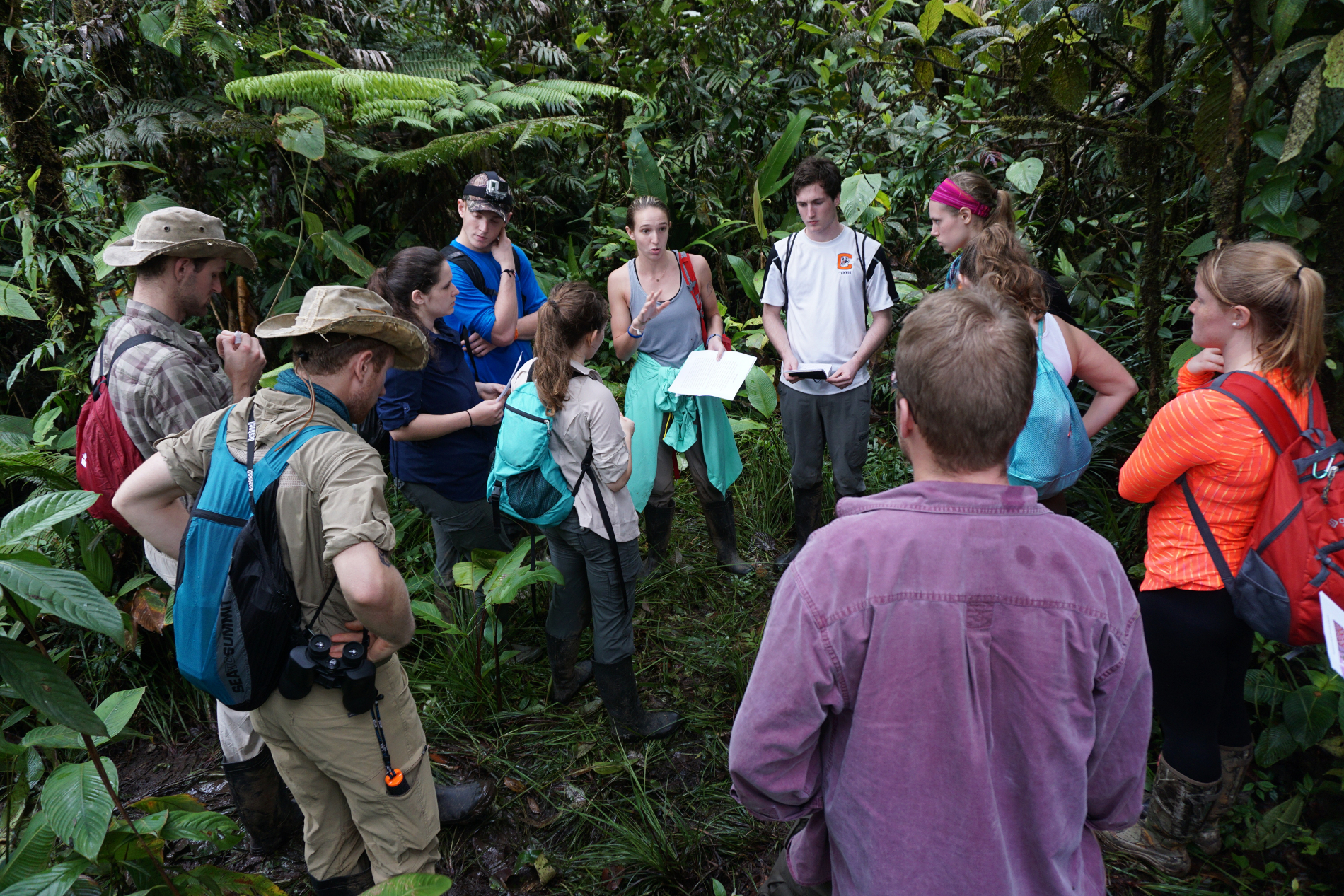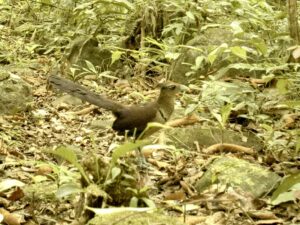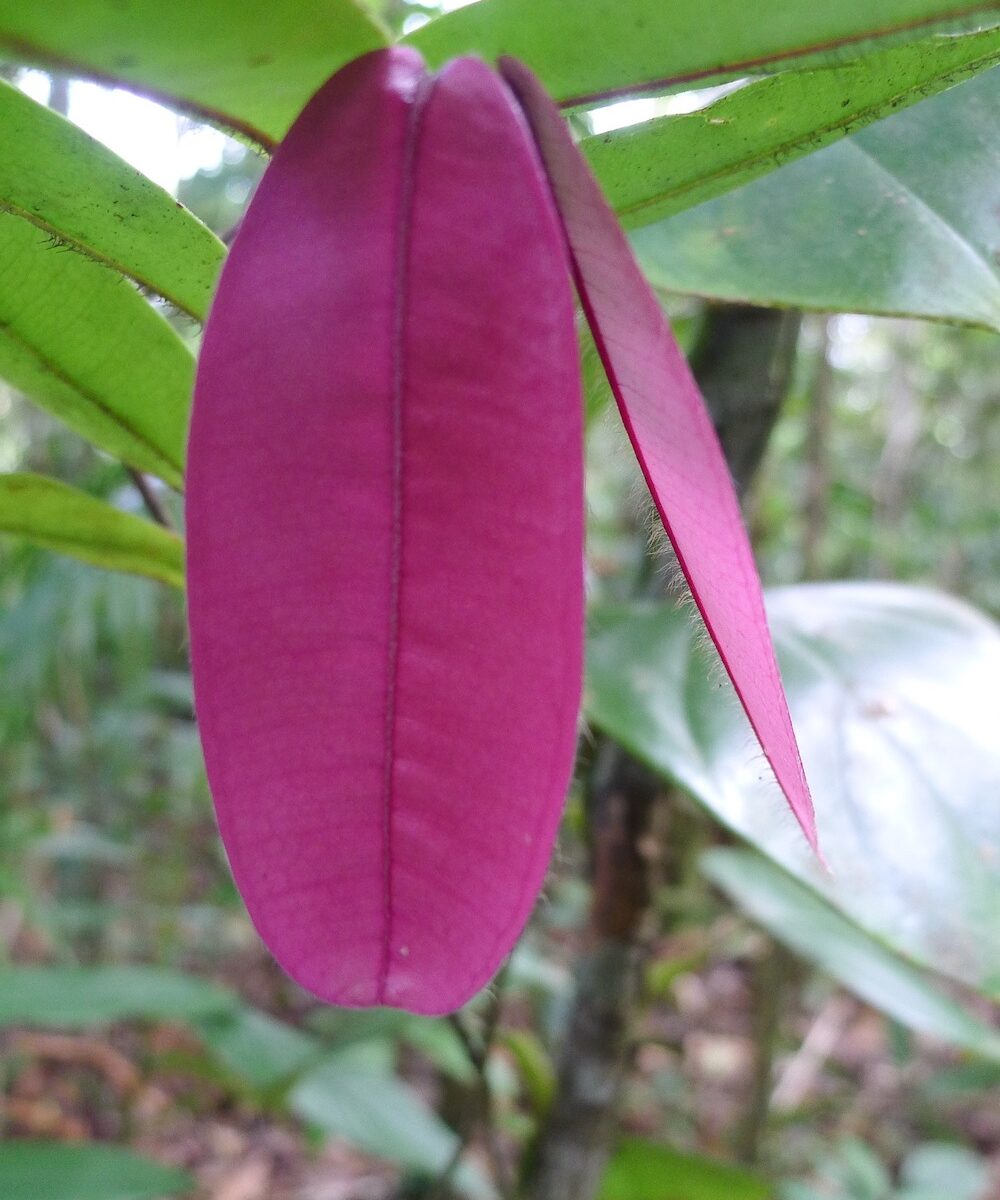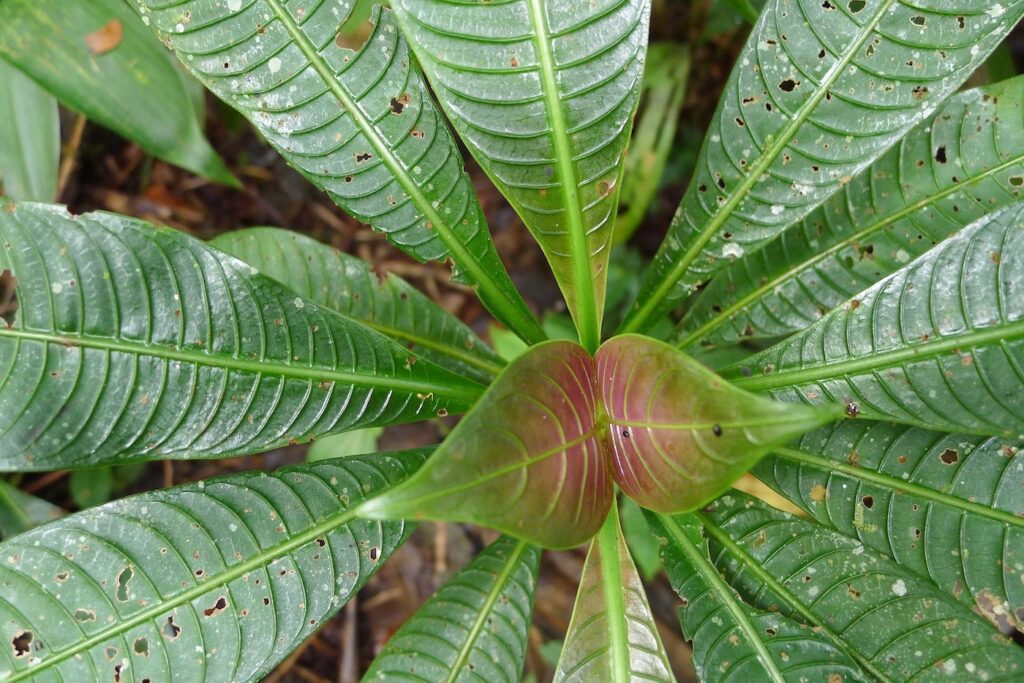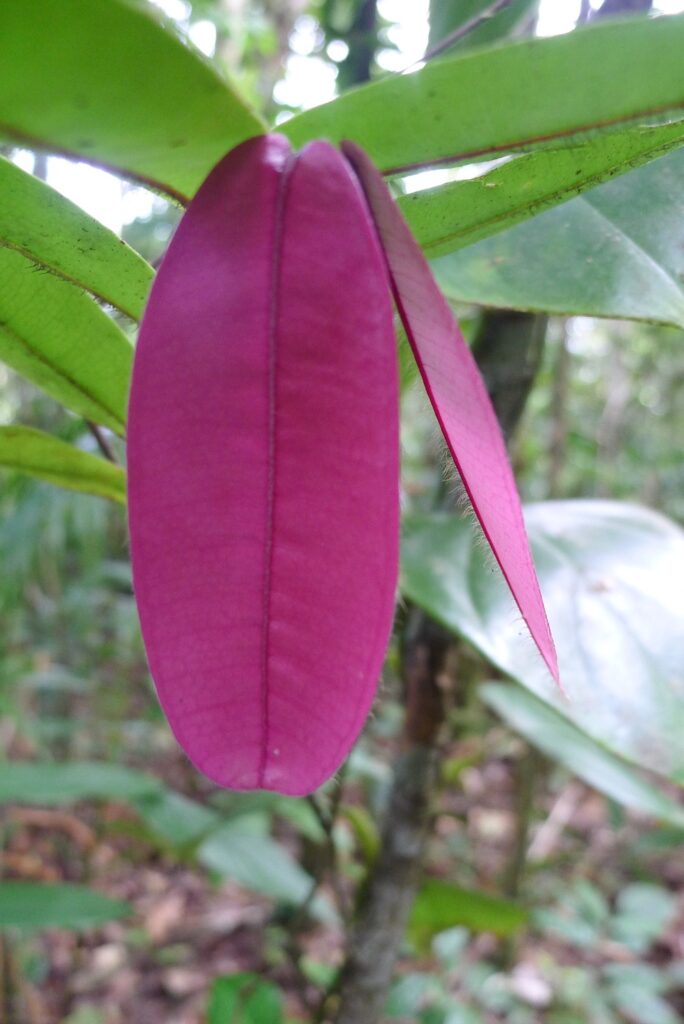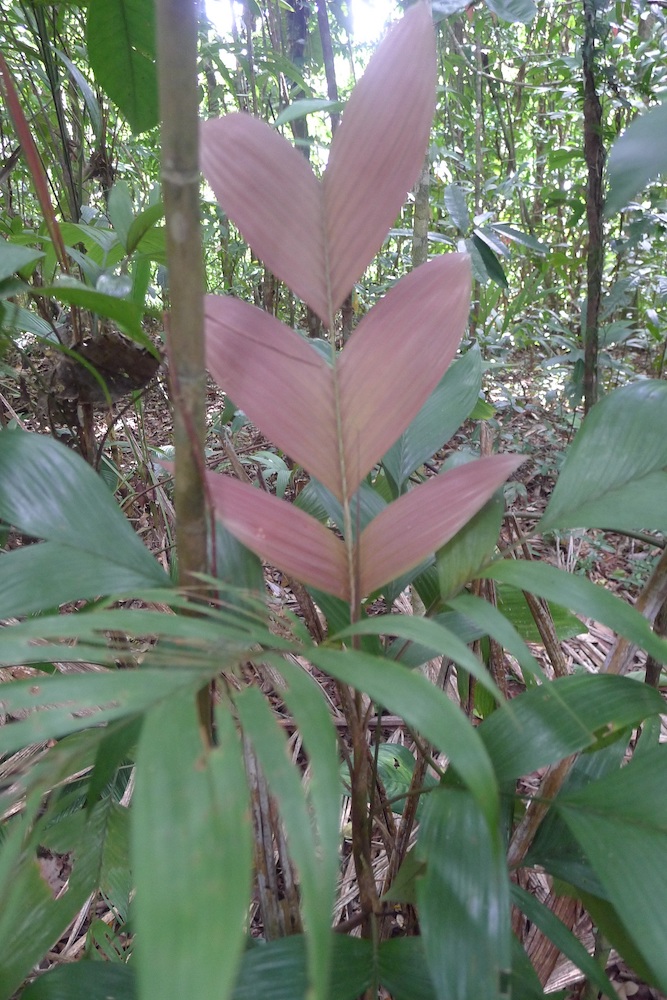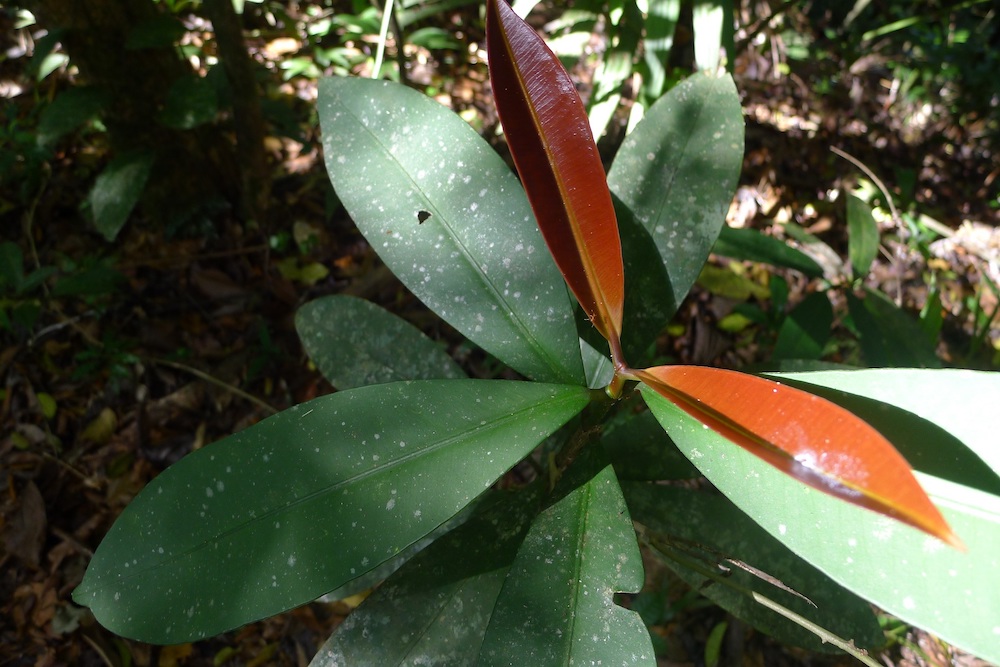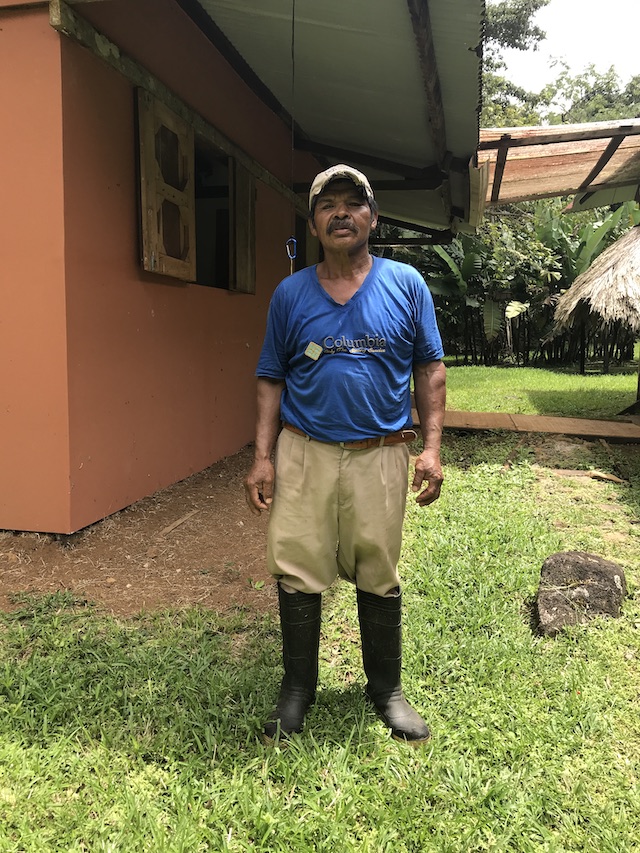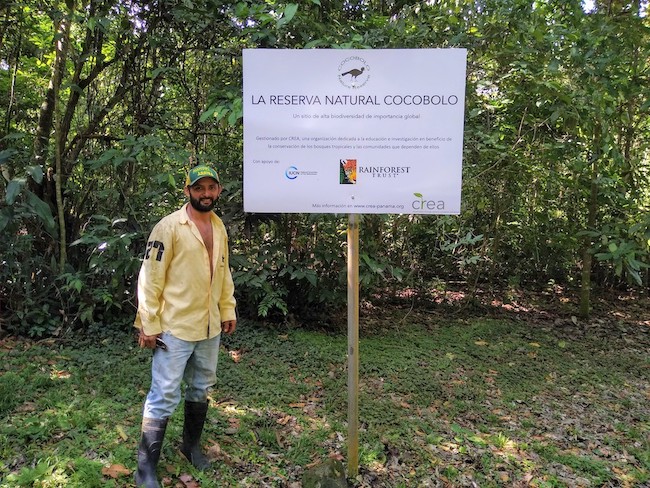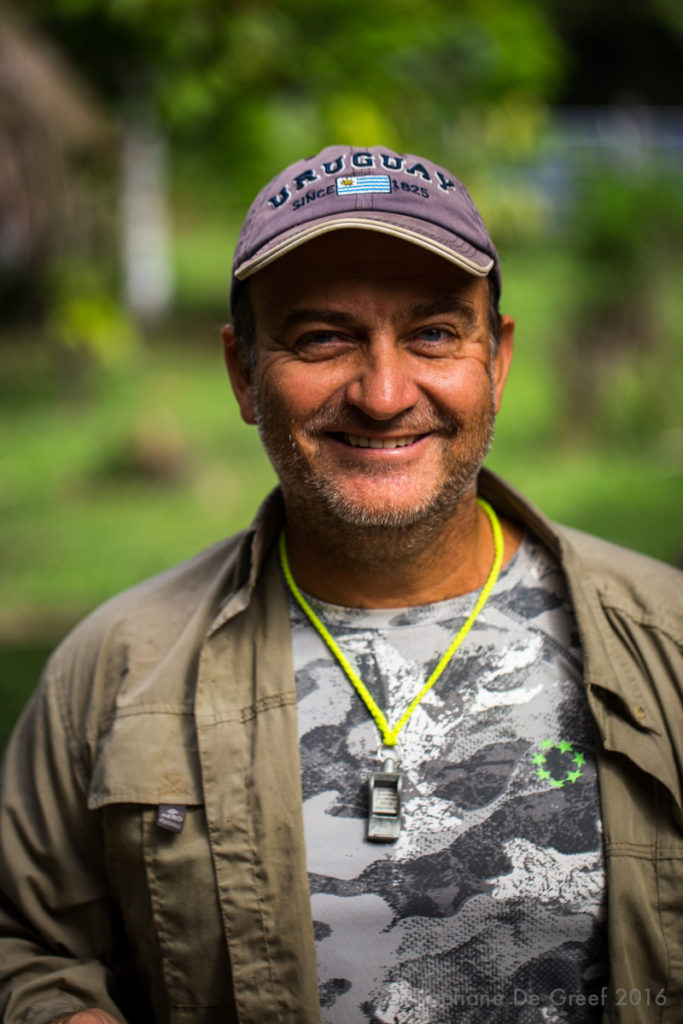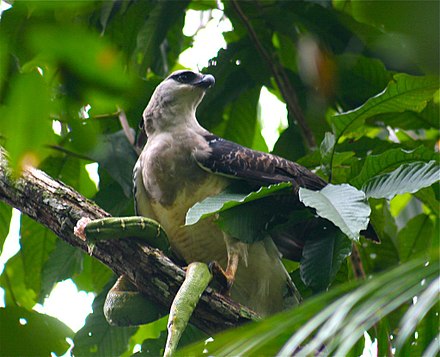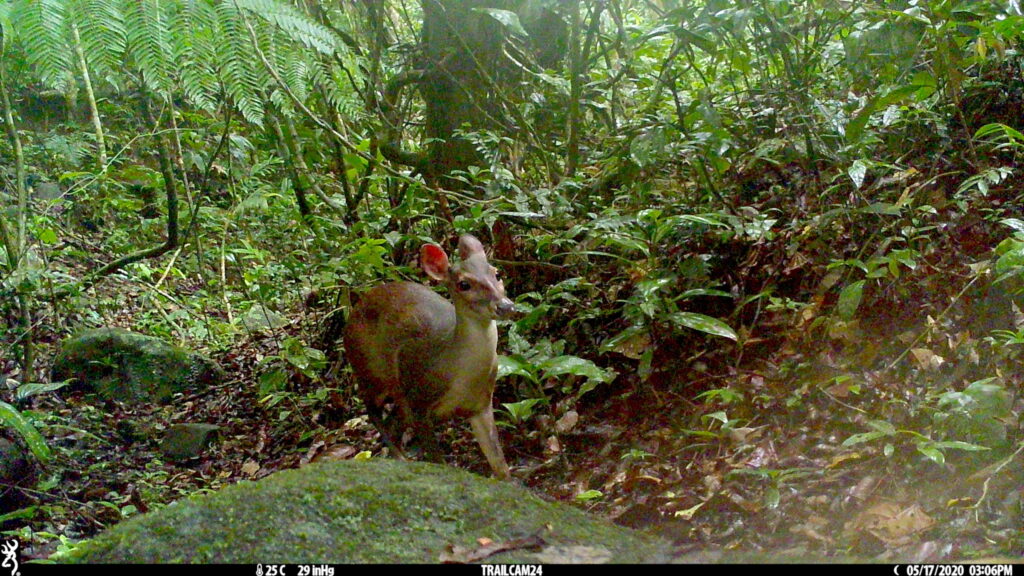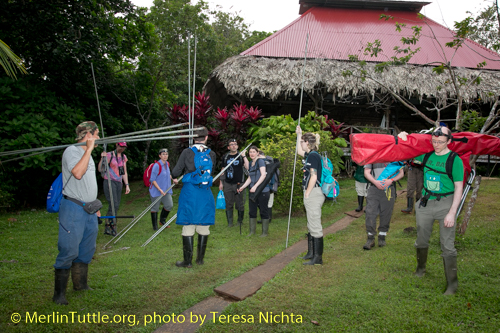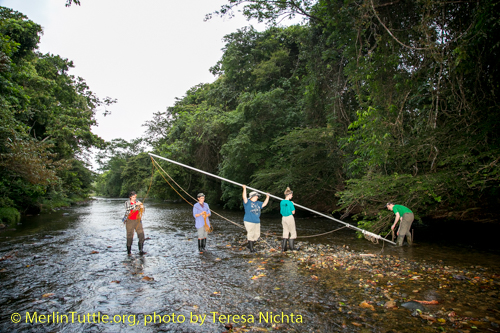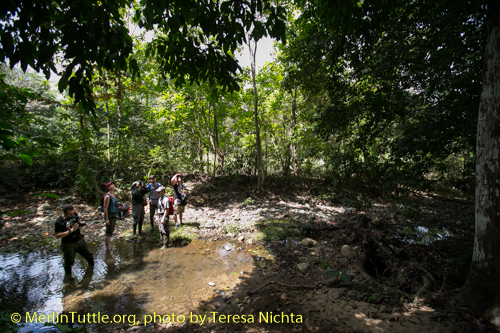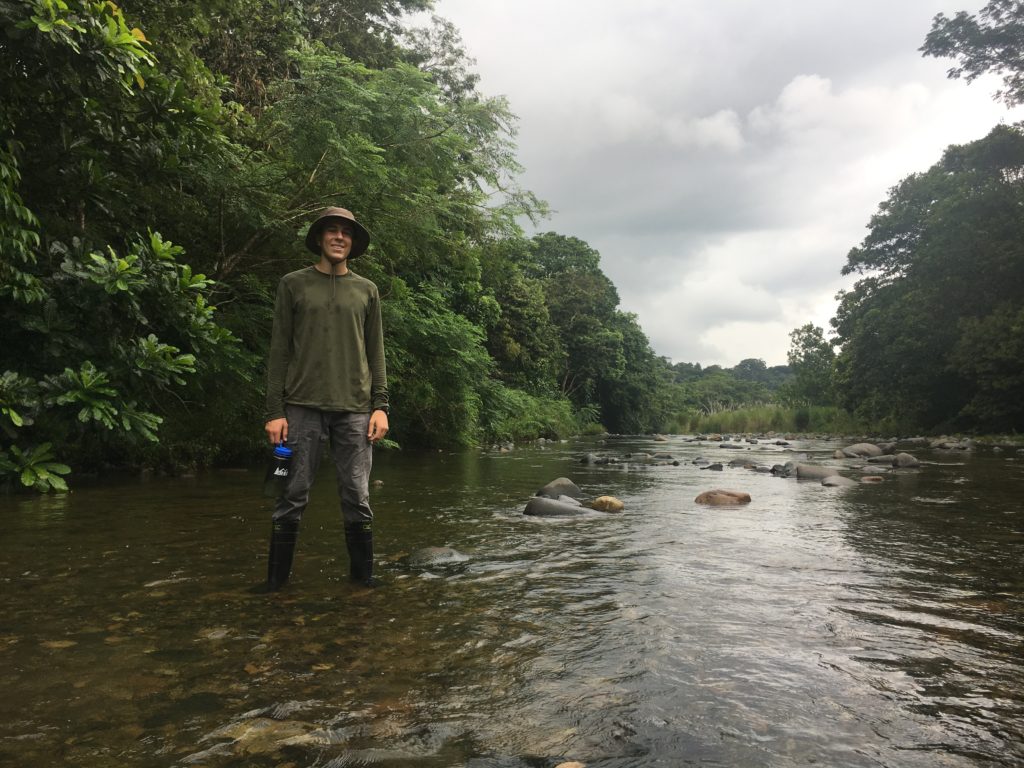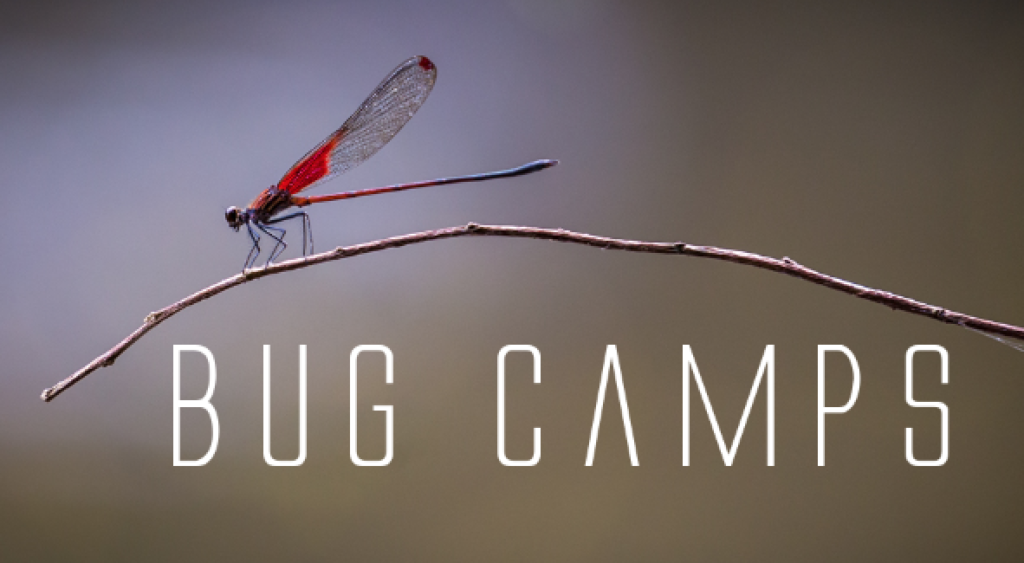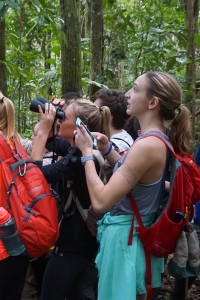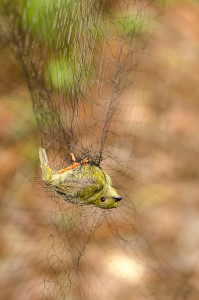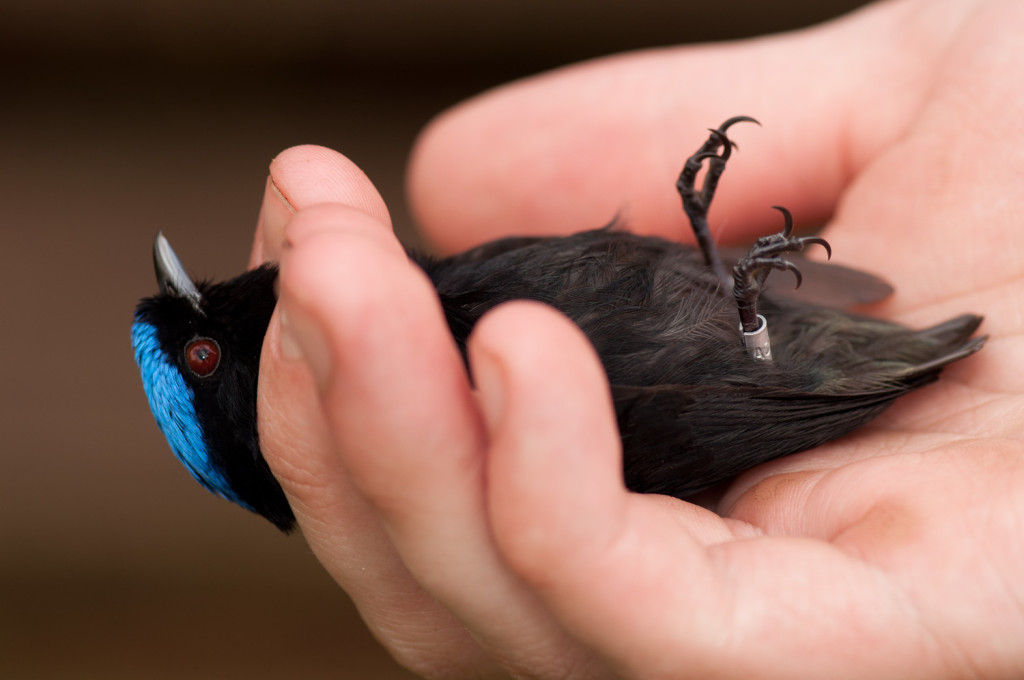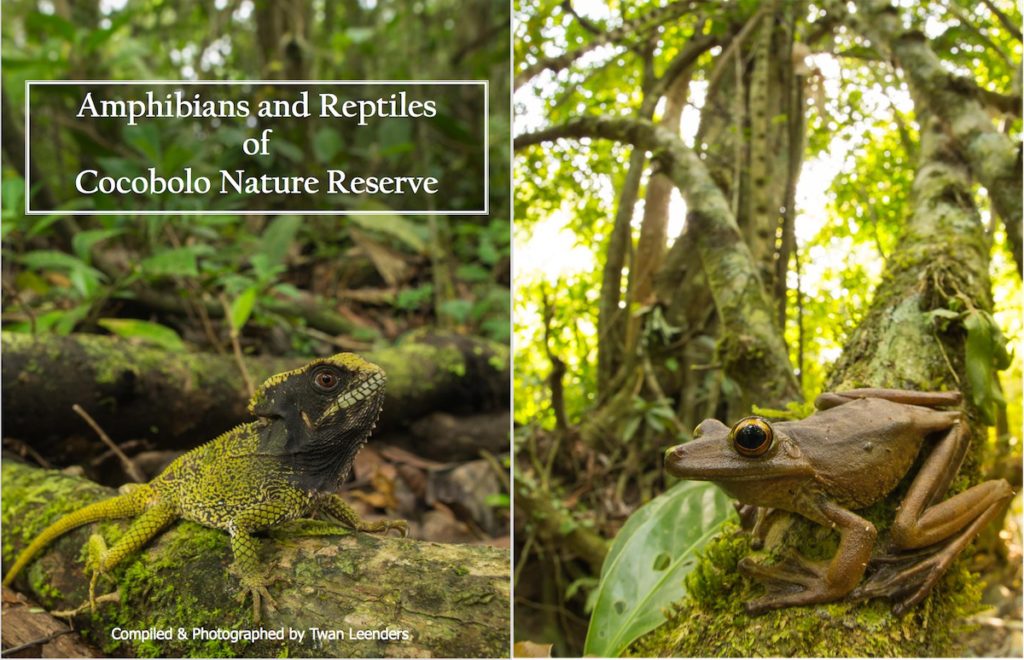Every country has them, no matter where you go, those rare or elusive birds that are like searching for the Holy Grail. For some birders they will spend a life time and never get to see that one special bird. They are the stuff of dinner table legends and can be the making of local bird guides.
Here in Panama, with a current list of over 1000 species, there are a lot of birds to choose from. For many birders the Rufous-vented Ground-cuckoo is Panama’s holy grail bird. As Whitehawk Birding put it “searching for ground-cuckoo’s brings us to a whole other level of birding in the Neotropics, that relies very much on luck and good birding karma”. They are not exactly uncommon it’s just that they are unpredictable and like to stick to the forest floor where they are rather shy making them very hard to see.
So, I had no real expectations of ticking this bird from my life list whilst at Cocobolo Nature Reserve. Hopes, sure, but expectations no. It has been recorded here, on camera trap and by sound but never spotted in the flesh.
To find a ground-cuckoo you really need to find an ant swarm. Surprisingly these are not too hard to find at Cocobolo if you spend any time in the forest. Luckily there are other antbirds that are far less shy at ant swarms. Ocellated Antbird, a beauty in its own right and Bi-coloured are a treat to watch and are, most helpfully, very vocal alerting you to the swarm. Unfortunately not every ant swarm has a ground-cuckoo.
On one particular day in February Trev and I were out setting camera traps. We had found a little used trail in the old growth forest that was somewhat over grown and undisturbed and thought it a likely place for mammal activity. We spent some time, as is the norm with camera traps, faffing around with the set up. I had Trev walking up and down the trail, simulating various critters to check I had the right angle on the trap. We weren’t exactly quiet and weren’t exactly trying to disguise our presence. So it was a bit of a surprise when we finally gathered up our bags and set off down the trail to hear, not 3 meters on, a few Occelated Antbirds starting to get excited. We stopped and tried to pin point them, finally seeing them 4 meters into the tangled undergrowth at the base of a large tree. Then there came a sound of clacking.
There are certain sounds that flow through you, filling you with a rising excitement tinged with anxiety that is almost akin to fear. You know the sound signifies something special; you now have to hold yourself back from doing something stupid like moving or making a sound until you have located the sound and confirmed your suspicions. The fear part is that you just won’t find whatever triggered your excitement, as too frequently happens in tropical forests. A terrible feeling of “I am 99% sure there was a *enter your dream wildlife sighting* but I couldn’t find it”.
We both knew that the clacking was in all probability a Rufous-vented Ground-cuckoo. It’s like being a child again, you so desperately want to see it, your emotions are high and most probably I would cry like a baby if I came this close to a ground-cuckoo and didn’t get a glimpse. At the same moment we both saw an unmistakable long tail; it was glimpsed through the foliage and had a disorientating feel about it. Later analysis was that we were seeing the bird’s underbelly, tail up, head down as it plucked a flushed prey item from the ant swarm. And then it was gone….
Obviously we couldn’t give up that easily and so we stayed put watching the rest of the mob squabbling over treats for around 30 minutes. In the back ground we started to hear, faintly a mournful kind of call that was fairly drowned out by the racket the other ant birds were making. Blood started to pump again, would we be that lucky, to see it again? We crept ever so slowly and quietly towards the general area the call was coming from trying to see through logs and vines and jumping Ocellated Antbirds. After another painful 15 minutes I finally honed in on a movement and was rewarded with a ground-cuckoo looking right back at me…..for about another 3 seconds before it faded back in to the forest never to be seen again.
Holy Grail, you bet your life! A day to remember.
